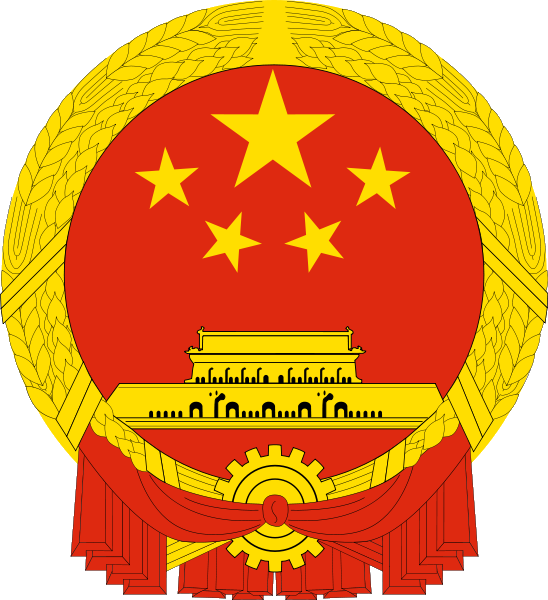 Shanghai Cooperation Organization
Shanghai Cooperation Organization 

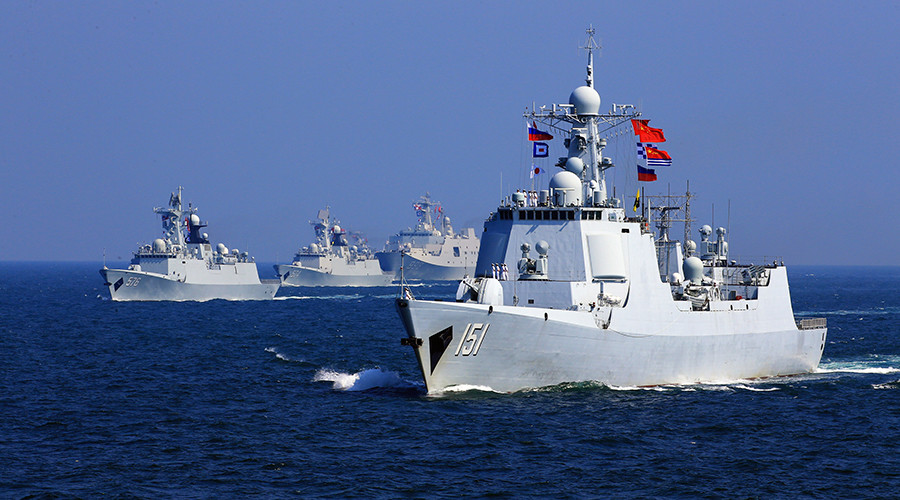
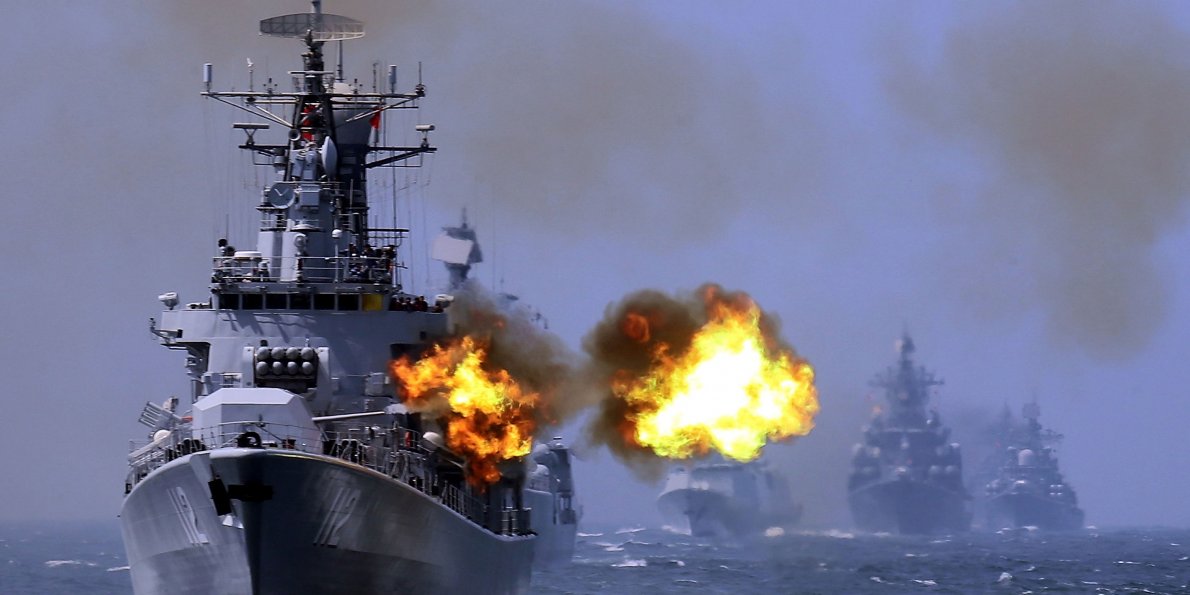
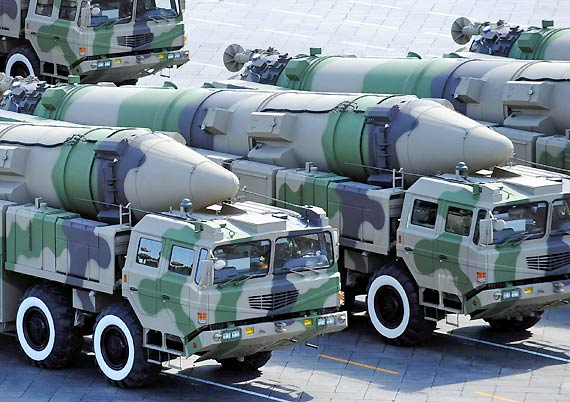
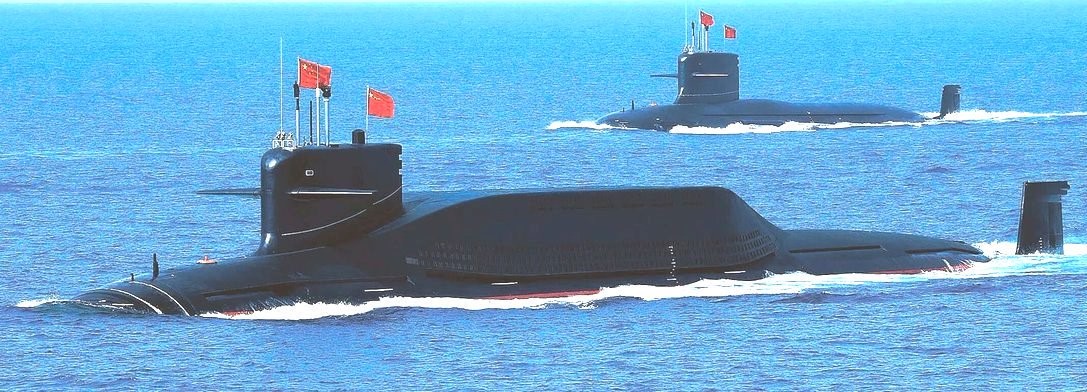

War tensions accelerate over the South China Sea
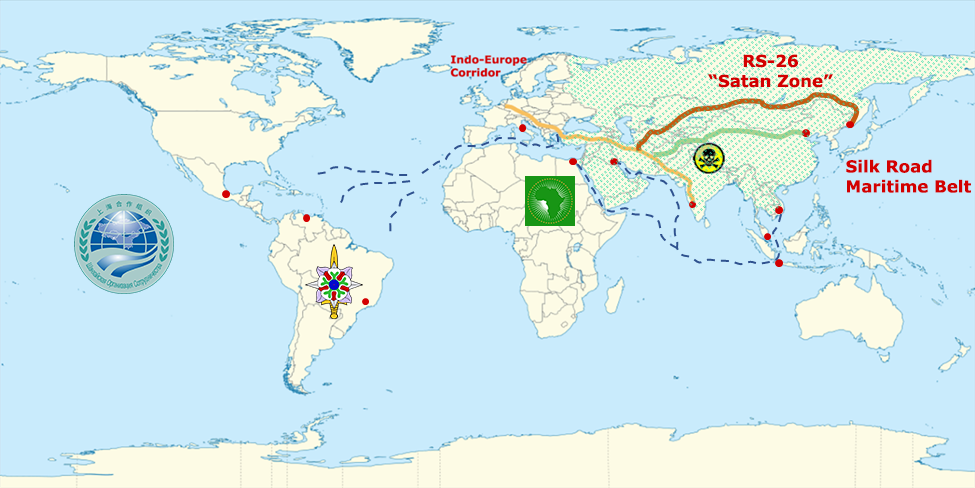
Significantly, conditions on the South China Sea is becoming a major battlefield between China and the US. Increasingly, nearby US warships exposes deeper threats facing China. Firstly, the US military pivot to Asia is challenged by denuclearization on the Far East Peninsula. Secondly, unification with Taiwan and China subdues the Taiwan Relations Act from expansion of the Silk Road Maritime Belt. Thirdly, regional disputes for control of independent islands in the South China Sea are isolated from freedom of navigation rights. Accordingly, war tensions in China continue to accelerate over the situation in the South China Sea. Specifically, naval drills between Chinese and Russian Forces aim to eliminate the growing aggression that US Forces demonstrate around the world. Currently, the South China Sea is capable of sparking a new global war against the European Order over the US military pivot to Asia.
Steadfastly, China's Air Force state, “A division of the People’s Liberation Army Air Force (PLAAF) recently organized multiple bombers such as the H-6K to conduct take-off and landing training on islands and reefs in the South China Sea in order to improve our ability to ‘reach all territory, conduct strikes at any time and strike in all directions.’”
Strategically, Chinese and Russian Forces have elevated the issue of nuclear parity from the Far East. Precisely, military drills continue to improve the capabilities of both nations to successfully engage with: close-combat situations, multi-strike positioning, long-distant communications, polar conditions and multi-role landing environments. Historically, the South China Sea has facilitated a global economic exchange of wealth and prosperity. Prudently, we must place strategic focus on the economic impact from growing tensions over nearby US warships in the South China Sea for the next several weeks.
Strategic Focus |
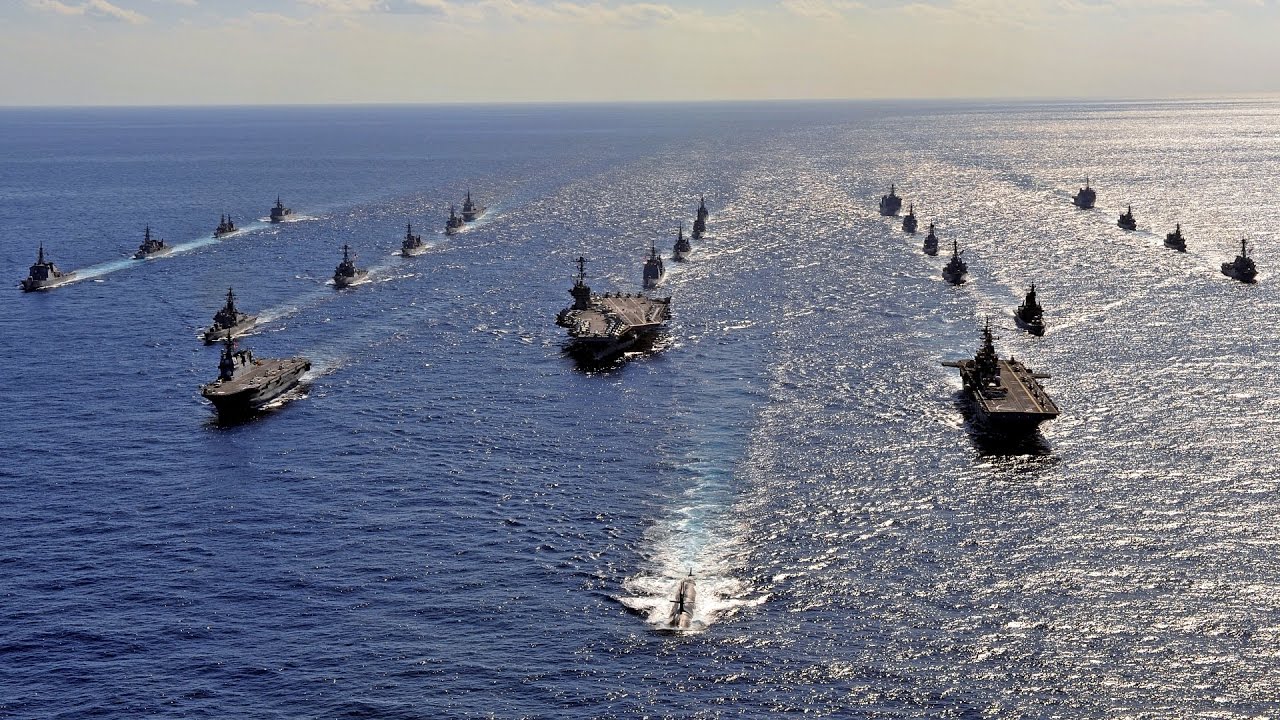
US and Japan warships nearby the Taiwan Strait is a major factor for rising tensions in China
Globally, economic slowdown has occurred from rising military tensions over the South China Sea. Covertly, the US trade war with China seclude the disputes over control of independent islands in the South China Sea. However, disputes over independent islands are of an economic nature as opposed to rights of freedom to navigation in the area. Derisively, both macro-economic and socio-economic conditions derail US military aggression from disputes over independent islands in the South China Sea. Instinctively, China utilizes the Silk Road Maritime Belt to settle disputes over independent islands in the South China Sea. Hence, freedom of navigation from the US military pivot to Asia is the root of the global economic slowdown.
Meanwhile, socio-economic conditions along the South China Sea remain at odds from the War on Drugs in the Phillippines. Effectually, freedom of navigation in the Taiwan Strait conceals the impact of the ongoing War on Drugs. Socially, progression from the Silk Road Maritime Belt is a prelude to alleviate the War on Drugs instead of freedom of navigation rights. Critically, special attention must be placed on military conditions in the Philippines. Maliciously, the US is using its Taiwan Relations Act to overwhelm the South China Sea into a senseless battle for navigation rights.
Special Attention |
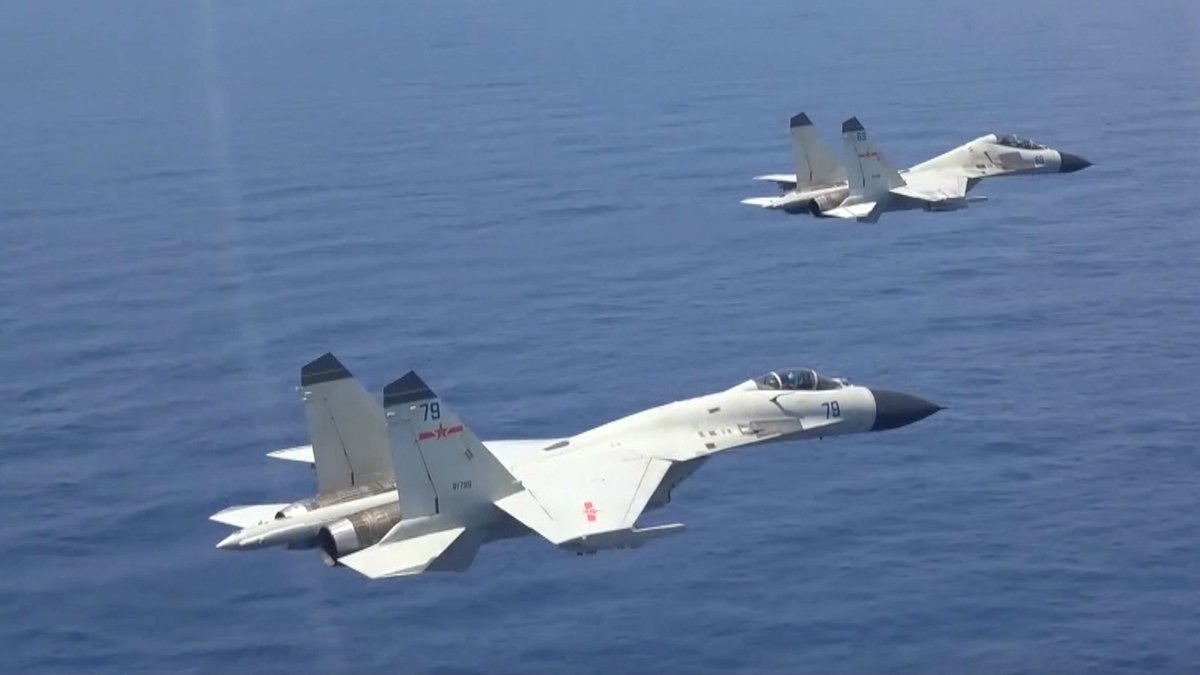
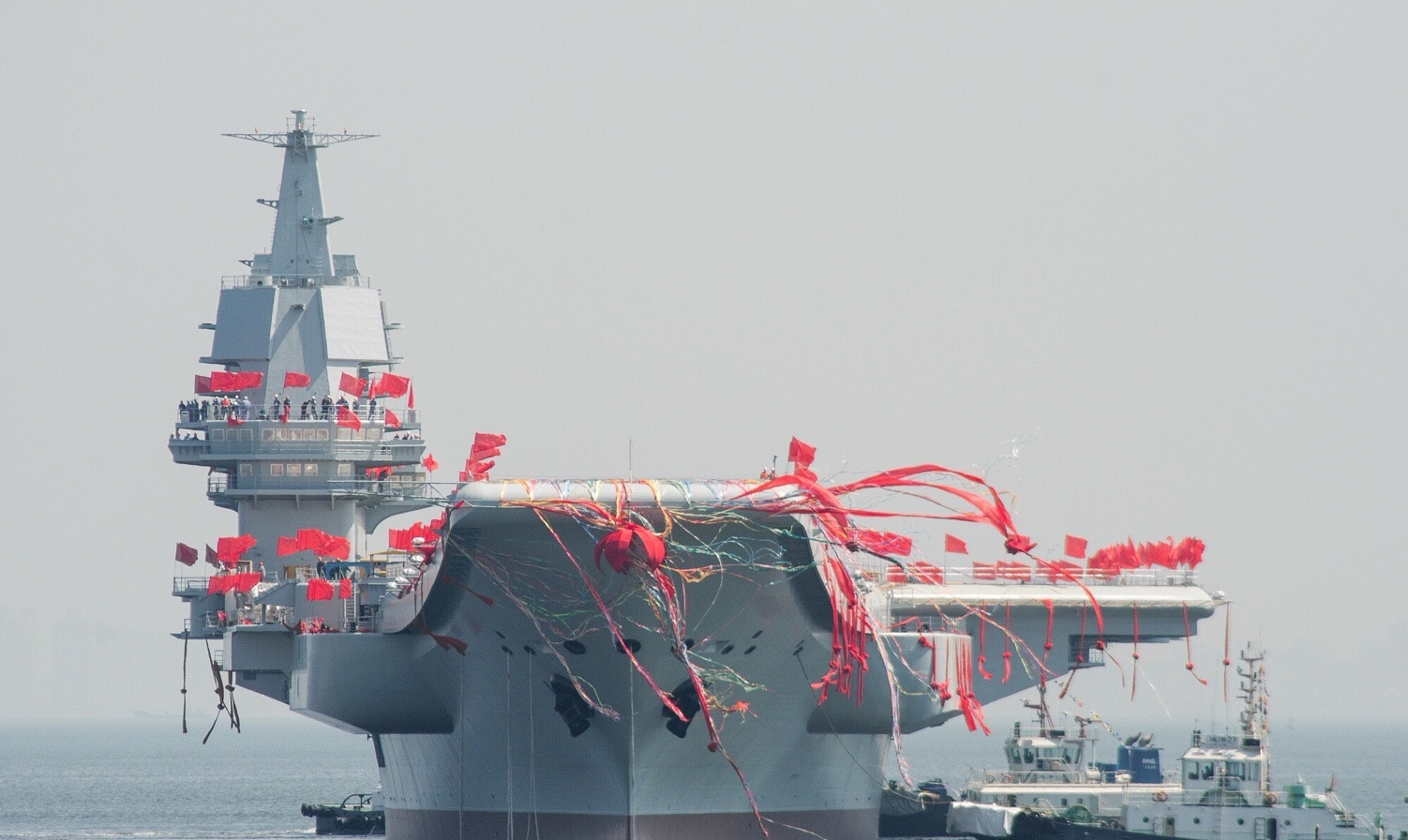
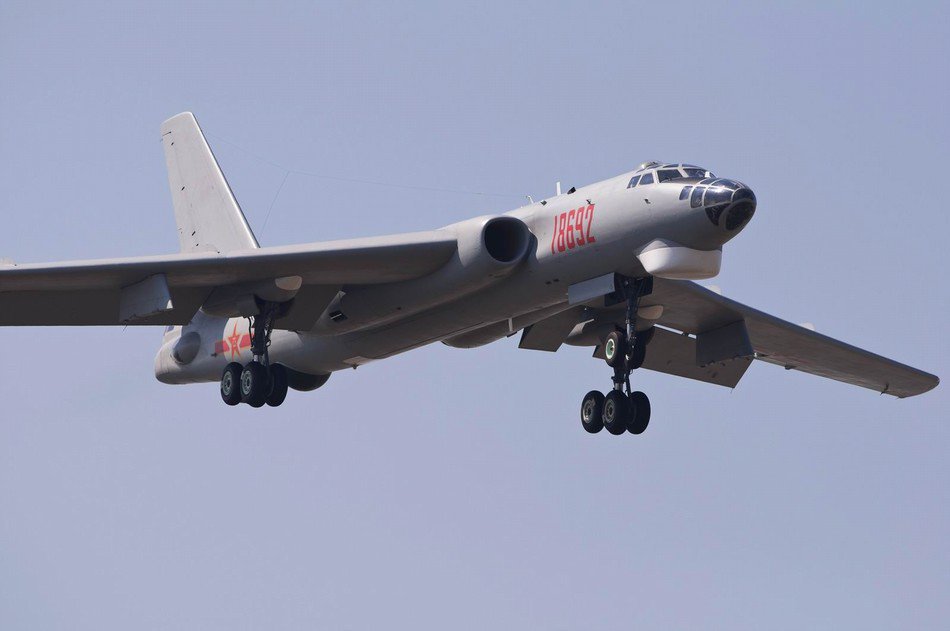
War over the South China Sea leads geopolitical agenda from Shanghai
Politically, special attention must remain on the role of the Philippines as its War on Drugs impact US arm sales to Taiwan. Furthermore, the Silk Road Maritime Belt escalates tension over its passage into the Indian Ocean and Arabian Sea. Militarily, China must direct its forces on Taiwan to expand with Hong Kong. Economically, a global slowdown from the US trade war increases the significance of the War on Drugs in the Philippines. Hence, the Silk Road Maritime Belt dominates the dispute for freedom of navigation rights led by the US and the Taiwan Relations Act. Moreover, the War on Drugs in the Philippines shifts demand towards major socio-economic reform. Meanwhile, US arm sales to Taiwan destabilizes the Philippines.
Recently, a report from Peking University stated, “The US military will continue intensifying military operations in the South China Sea, constantly exploring the grey zones between peace and conflict, and probing China’s bottom line, which will inevitably push the threshold of small-scale armed conflict and war.”
Openly, the dispute for freedom of navigation by the US is screening the War on Drugs in the Philippines which raises tension between Taiwan and China. Perilously, the US has sent warships through the Taiwan Strait which agitate the various threats posed to the region by the US. Keenly, the PLA Navy must eliminate US threats to the Silk Road Maritime Belt as the Philippines weigh on waning socio-economic conditions. Readily, US attempts to dispute freedom of navigation rights in the South China Sea must cease with safeguarding the Taiwan Strait. Inevitably, the Taiwan Relations Act with the US fuels the dispute for freedom of navigation and destabilizes the region. Meanwhile, the dispute for freedom of navigation in the Philippines is defeated by the socio-economic demands that evolve from the War on Drugs.









